Scientists reveal how to make the PERFECT shot of espresso
Experts have revealed a scientifically proven trick to prepare the perfect shot of espresso.
Spraying the grains with water before grinding is a technique known as the “Ross-Droplet Technique.”
When coffee beans are ground, their cracking and churning motion generates static electrical charges.
This electricity can cause the espresso beans to clump together and stick to the grinder, with both the dark roast and fine grind adding to the grinding charge.
The result is a shot of espresso that isn't extracted as evenly as it could be, which can lead to an “unexpectedly unpleasant espresso,” according to the new study..
Sprinkling coffee beans with a little water before grinding can reduce static buildup, resulting in a more consistent ground and better extraction.
The team of scientists at the University of Oregon found that spraying AThe researchers found that as little as 20 microliters (20 millionths of a litre) of water per gram of whole coffee beans before grinding would do the trick.
This is equivalent to two or three sprays of water from a small spray bottle per shot of espresso.
They only looked at whole beans ground in a burr grinder for this study, but some brewing tests suggest that pre-ground coffee could benefit from a little water, too.
And the results were Published on Wednesday in the magazine Theme.
“Moisture, whether it is residual moisture inside the roasted coffee or external moisture added during grinding, is what determines the amount of charge that is formed during grinding,” said Christopher Hendon, lead researcher on the study. statement.
“Not only does water reduce static electricity, thus reducing mess during grinding, but it can also have a significant impact on the density of beverages, and potentially the ability to achieve higher concentrations of preferred flavours,” he added.
To conduct this study, the team began by measuring the amount of static charge that builds up in whole coffee beans when they come into contact with different surfaces.
Starbucks Blonde Espresso Roast beans were rolled down a vibrating ramp, where they fell into a Faraday cup, a device that measures electrical charge.
By repeating this experiment with different layers on the slope, the researchers found that the beans acquired a minimal charge against the metal, and a positive charge against the plastic PVC or Mylar – a material used in coffee bean bags.
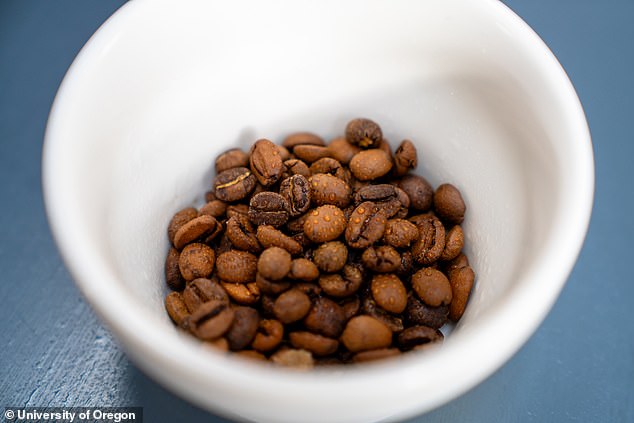
Spraying a fine mist of water onto the coffee beans before grinding will create a more uniform texture, especially with finely ground dark roast coffee.
On the other hand, rolling the grains on glass and nylon created a negative charge.
When materials are rubbed together an electric charge is produced, this is called the triboelectric effect.
It's the same force that makes Styrofoam-packed peanuts stick together, or that makes you accidentally hit someone after shuffling wool socks on the carpet.
The triboelectric effect also occurs in thunderclouds, when air and water molecules collide with each other to generate electricity. Or in a volcanic plume, when small particles of pumice and other minerals collide as they fly.
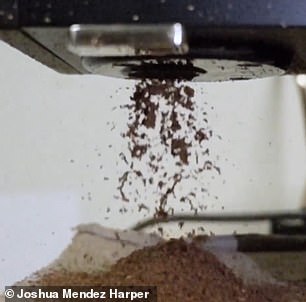
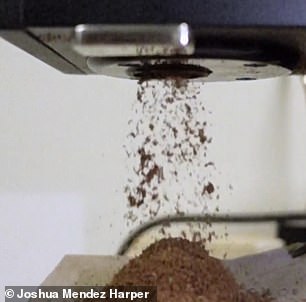
Soil without added water carries more static electrical charges, making it sparse (left). Land with water added falls straight to the bottom (right).
Next, the scientists ground coffee beans from different places, roasting them to different levels and moisture contents to measure the results of the electrical effect during grinding.
Rolling grains down a slope creates a charge, but grinding takes this effect even higher, as the metal blades in the grinder not only crush and break up the grains, but the grains rub against each other, building electrical charges.
By collecting ground grains in a Faraday cup, the team found that grains with a higher moisture content carried a lower electrical charge.
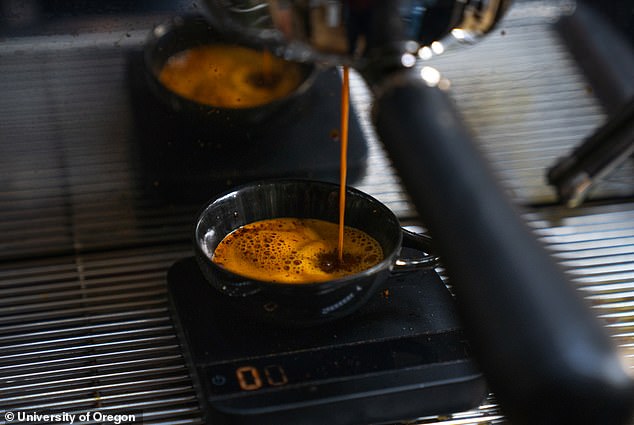
A more balanced grind can result in a more consistent drink, and reduce the potential for unpleasant off-flavors
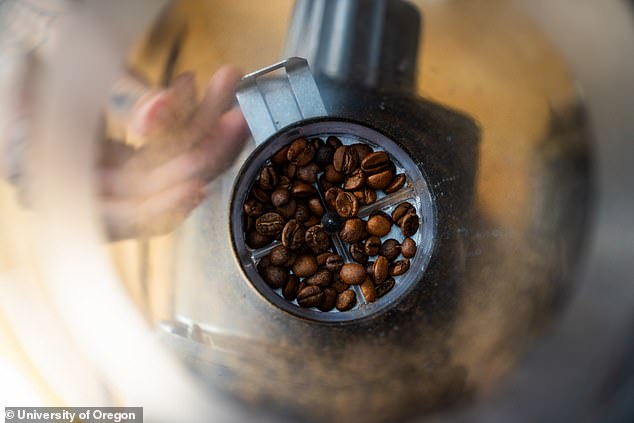
A small splash of water may be all it takes to take your espresso game to the next level, scientists say
Lighter roasts also accumulate less static charge during grinding.
Part of this could be because lighter roasts retain more moisture, but also because darker roasts are more brittle, which changes the physical properties when the beans are broken.
Grinding grains more finely also generates more electrical charges, perhaps because finer grinding creates more particles that can collide with each other more times, providing more opportunities to create the triboelectric effect.
Unfortunately, this creates a double whammy for espresso, which tends to use finely ground, dark roasted coffee beans.
Taking advantage of these findings, the researchers attempted to replicate the effects of high-moisture grains simply by adding water before milling.
Known as the Ross Droplet Technique, some baristas and coffee geeks sprinkle coffee beans with a little water before grinding them.
The team found that when the water-to-grain ratio approaches 20 microliters of water per 1 gram of grain, the static charge built up during grinding approaches zero.
For anyone who wants to try the Ross Droplet technique at home, this likely means adding two or three sprays from a small bottle for every 15 grams of pills.
They found this result a bit surprising, because sprinkling water on the grains immediately before grinding does not give the moisture a chance to be absorbed into the grains.
However, it worked.
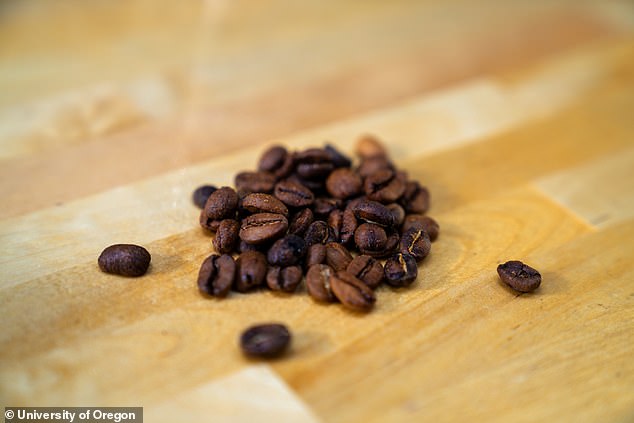
Spraying the coffee beans with 5 microliters of water per gram of coffee helped reduce static, but did not remove it.
“This also resulted in near-zero grinder retention, an observation that has implications for reducing waste and increasing beverage quality,” they wrote in the study.
So what does this mean for the espresso they brew?
First, each shot of espresso took about 50 percent longer for wet beans. They suspect this is because the ground layer was denser with the added water and with a lower electrical charge helping to create a finer grind.
Second, wet beans produced slightly more concentrated coffee — 8.9 percent total dissolved solids, compared to 8.2 percent for dry beans.
Some further analysis revealed that the wet ground probably produces a more balanced extraction process, as there is less empty space between the particles.
This means that water flows through the entire grain bed, rather than creeping through empty passages as in dried grains.
Overall, they say this brewing method should eliminate some of the unpredictability during the brewing process, and result in more consistent espresso shots.
Because of the improvement in the brewing process, not just the grinding, sprinkling pre-ground beans can improve the quality and consistency of the brew.
The team only tested this effect on espresso, but they say it could apply to other brewing techniques.
“The central physical benefit of adding water during milling is that you can pack the bed more densely because there is less clumping,” Hendon said.
“Espresso is the worst offender of this, but you'll also see a benefit in brew forms where you pour water over the coffee or in small filtration systems like the Bialetti burner.” Only by using methods such as a French press, where the coffee is immersed in water, will you benefit during the brewing process.
(tags for translation) Daily Mail
